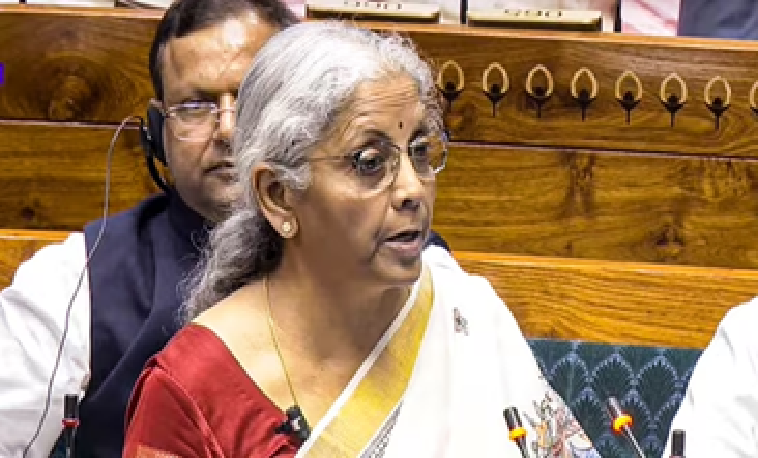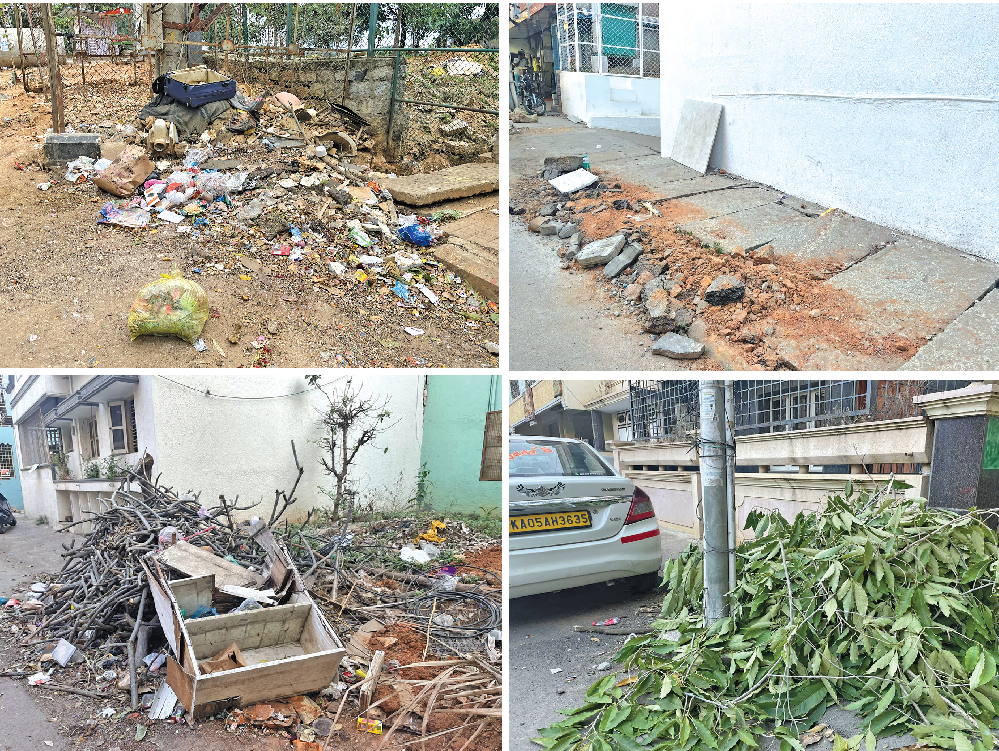
Leopard that killed calf may have moved on: Forest department
NT Correspondent
Bengaluru: The leopard that killed a calf in Banashankari sixth phase on Saturday remained elusive as authorities said it was possible that the big cat may have moved on to some other area. Officials from the Karnataka Forest Department said they had laid a trap for the leopard if it were to return to the place where it killed the calf, but the leopard has proved elusive.
The plan was to put the big cat in a cage and release it in an area far away from where the incident happened, which was just off Turahalli forest area. Bengaluru Urban Deputy Conservator of Forests (DCF) Ravishankar said that forest officials, right from forest guards and forest rangers to the DCF were all involved in the rescue effort but to avail.
“It is not there. After the kill, it has gone elsewhere,” he said. He added that the area had been somewhat rural with agricultural lands and dairy farmers living in proximity to a forest. “In rural areas, this is common but since it is in and around Bengaluru and this happening in urban or peri-urban areas, it is a cause of concern. We are at it. We are trying to move it to another area in a safe manner,” he added.
Animal welfare warden Prasanna Ku ma r said that the leopard may indeed have moved but lamented that people didn’t want to look at the issue of human-animal conflict in a holistic manner. He argued that people only think about the danger posed to them by wildlife animals but didn’t ask why this happened, adding that it stemmed from destruction of habitat.
“We aren’t able to capture leopards many a time because they adjust in urban areas,” he said, adding that the big cat species were good at adapting. “The habitat is being encroached continuously. Some of the development works in the area must be stopped. Animals do not come to the city. It is humans who are going to the forests and destroying them,” he added.
Prasanna said that another reason was that leopards may find easy prey near human settlements, which included stray dogs, goats and in the most recent case, a calf. Wildlife biologists agree that most humananimal conflict happens due to three sets of reasons.
The first one is “pull factor”, which refers to issues like deforestation, degradation of habitat, reduction in water availability due to climate change and anything that makes habitat less hospitable to wildlife, which makes them seek sustenance near human settlements.
The second is “pull factor” and includes animals being tempted to seek food and water in human areas and the lastly “growth factor” that is to say increase in the populations of either or both humans and animals
 English daily published in Bengaluru & Doha
English daily published in Bengaluru & Doha






